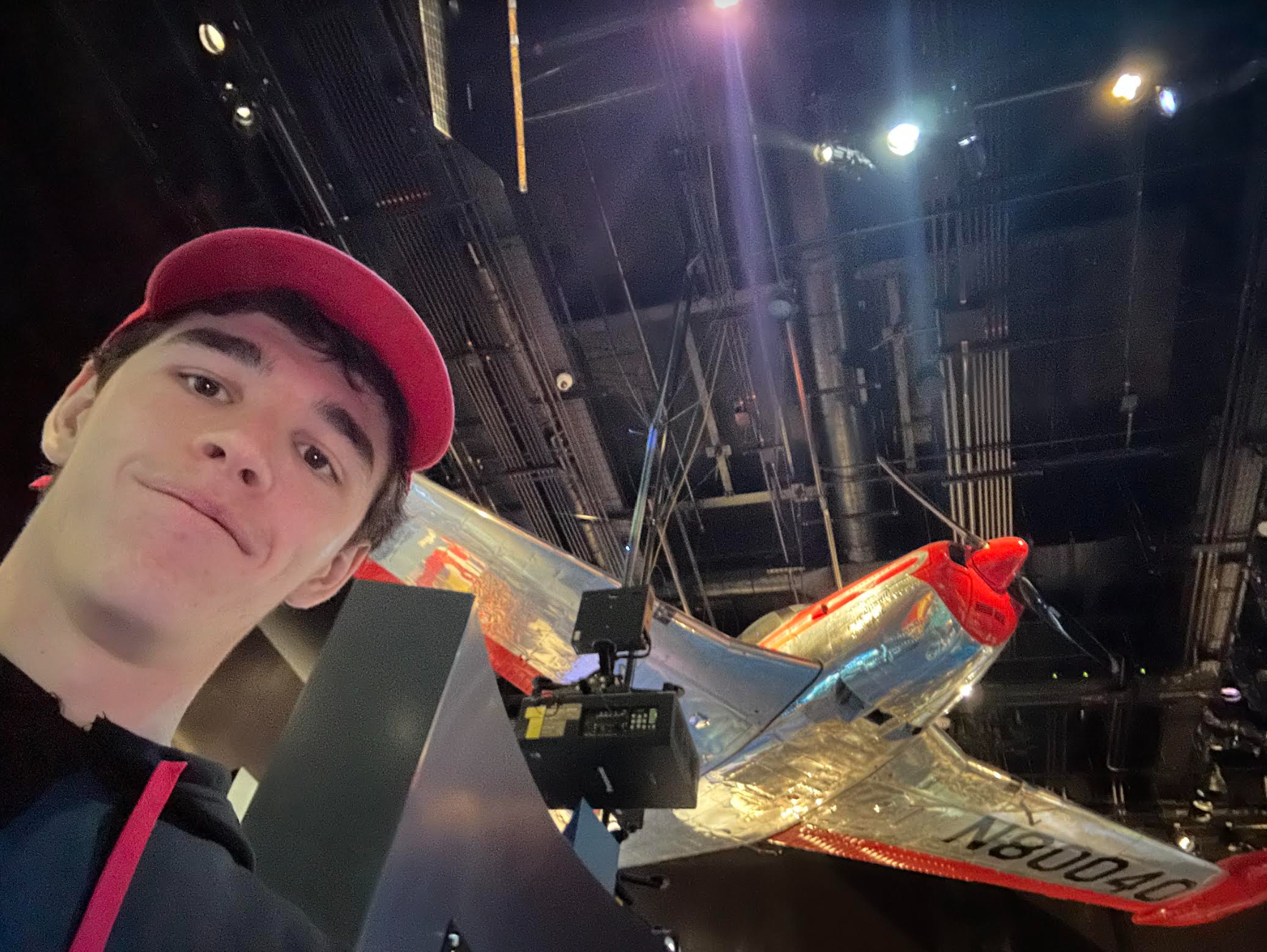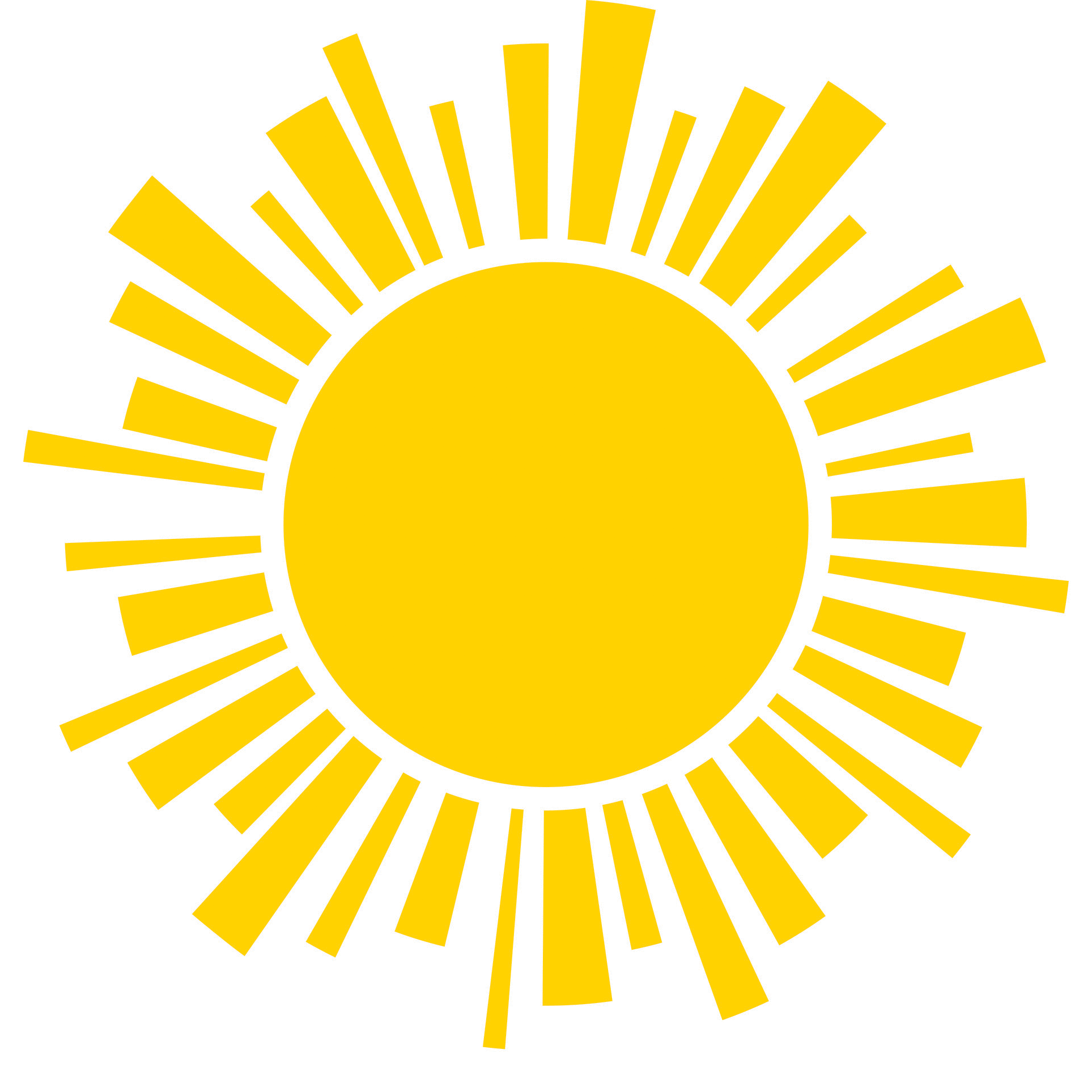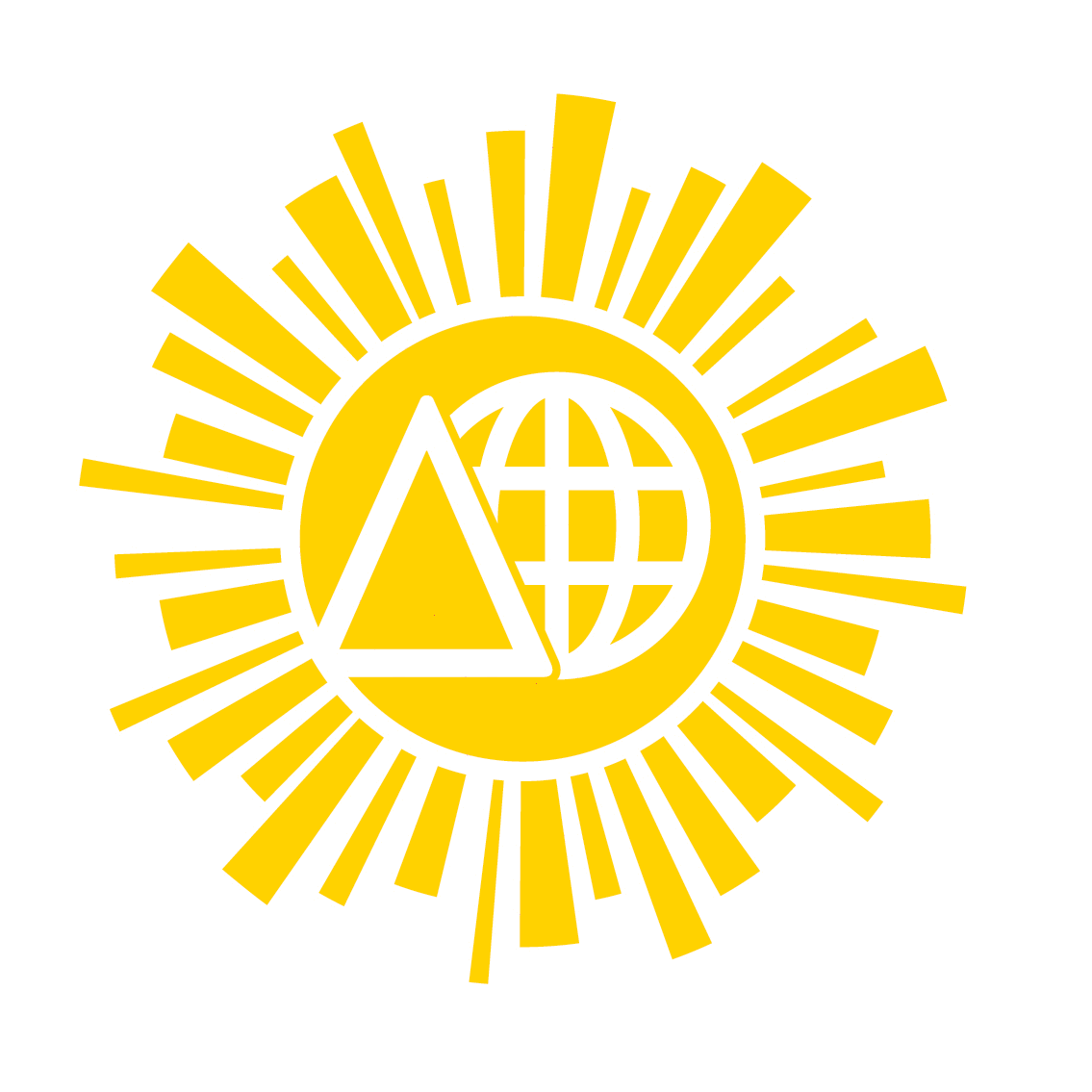Scholars Excursion Questions:
Air and Space Museum; February 24, 2024:

1. What field(s) of science and aspect(s) of aerospace science or technology is presented? Be specific.
2. What specific concepts, discoveries, or inventions are portrayed? Select three (3) such examples from EACH gallery.
3. How does the gallery convey information relevant to 2 above: give specific examples of specimens, drawings, texts, graphics, etc.
4. What education level do you think the hall is aimed at, and why?
5. To what degree does the exhibit include “interactive components” (e.g., hands-on activities, computers, etc.)?
6. Do you find that the interactive components were effective at conveying the information?
One World Connected:
1. Engineering technology which takes about space crafts and planes to see parts of the diagram. Also, many aspects about climate change, portraying the facts, and showing how individuals can make a difference in their own lives.
2. They talk about the importance of satellites and all they do to help support our world with sending information instantaneously across the globe. They also talk about the importance climate change has in our lives and how we need to cater to our planet because we are hurting it. They have a section where in giant letters above says “How will you shape the future?” and the section talks about areas where deforestation and plastic pollution reside.
3. They have a huge animated globe in the center of the room that shows connection made by airplanes and satellites all over the world. It is crazy to see how much happens at once in this world to keep our society moving. They also have interactive portions where you take a survey on what you think society should mainly focus on to help the world.
4. Elementary school because of the amount of images and diagrams which could be understood by younger ages. They would enjoy the creativity and the images of the globe in the center of the exhibit which is constantly moving images.
5. there are screens littered around the section that ask you, “what do you think is the greatest threat to the environment?” They then inform you of things that you could do to combat these problems. There is also a computer that allows you to check the CO2 levels around the earth for an entire year, with the ability to speed up or slow down the recording to show a clear pattern of global carbon emission patterns
6. C) I thought the individual carbon footprint section was a little bear bones, only providing simple solutions to incredibly complex problems, but the exhibits that showed you the CO2 distribution over time were incredibly informative. They made it clear when and where the problem was the most severe, accounting for geological factors to give the most comprehensive information.
Exploring the planets:
1. There are many detailed engineering drawings and schematics that represent satalite technology that has been in use over the past sixty years.
2. They go into all the different types of satellites that orbit our planets and ways in which we gain information about other planets such as the sojourner rover. They also talk about the different characteristics of each planet such as the giant planets like jupiter and saturn and depict this by actually showing what it looks like. They also talk about land formations like tectonics and volcanism on planetary surfaces.
3. There are a lot of pictures and videos of the planets. They also have a mini theatre you can stand in that takes you around to a whole bunch of different surfaces of planets, asteroids and comets. It mostly visually oriented and less focused on words.
4. Education level is aimed at all levels from young children exploring creativity to college students interested in space exploration
5. The exhibits have screens that allow you to put objects into orbit around a star, showing the behavior of a solar system. There is also an exhibit that allows you to pick between different planets and choose the power source that would allow you to reach them.
6. I think that the sheer variety of interactive exhibits were enough to effectively teach anybody about the behavior of the solar system. Individually, each one only informs on a small part of the activity and physical properties around the sun, but when you put all of them together, the wider picture is very informative.
Destination Moon:
1. The majority of the technology presented in this section is from the rockets, computers, and other peices of technology that got man to the moon in 1969. Most of this consists of diagrams, none of which go too in depth into the scientific or mathematical processes that went into their design.
2. They talk about people’s fascination with the moon before we even traveled there. They show many of the astronomers interested in the moon but also american cultural interest in the moon such as movies and comics. The biggest message they convey is the historical significance landing on the moon meant for the world. One invention they have in the exhibit is the apollo 11 capsule and talk about the different layers of heat insulation needed for the capsule upon entry.
3. They have actual inventions like the apollo 11 space capsule with its components to show how the capsule worked. They also have a long video that plays and goes through the cultural significance of the moon landing.
4. Middle schoolers interested in space, bit of complex design and descriptions that younger children would not be able to comprehend. Middle schoolers would enjoy creativity of it and understand the concepts to apply them in school.
5. This section has interactive exhibits centered around human travel from earth to the moon. One allowed you to design a mission plan for how to make it to the moon. Another allows you to put pieces together to make a rocket. Both are very deeply rooted in history.
6. While these interactive exhibits are very engaging and interesting, they are definitely less informative than those seen in the exploring the planets section. They are much less in-depth in the information they provide and there is less variety in what you can find.


